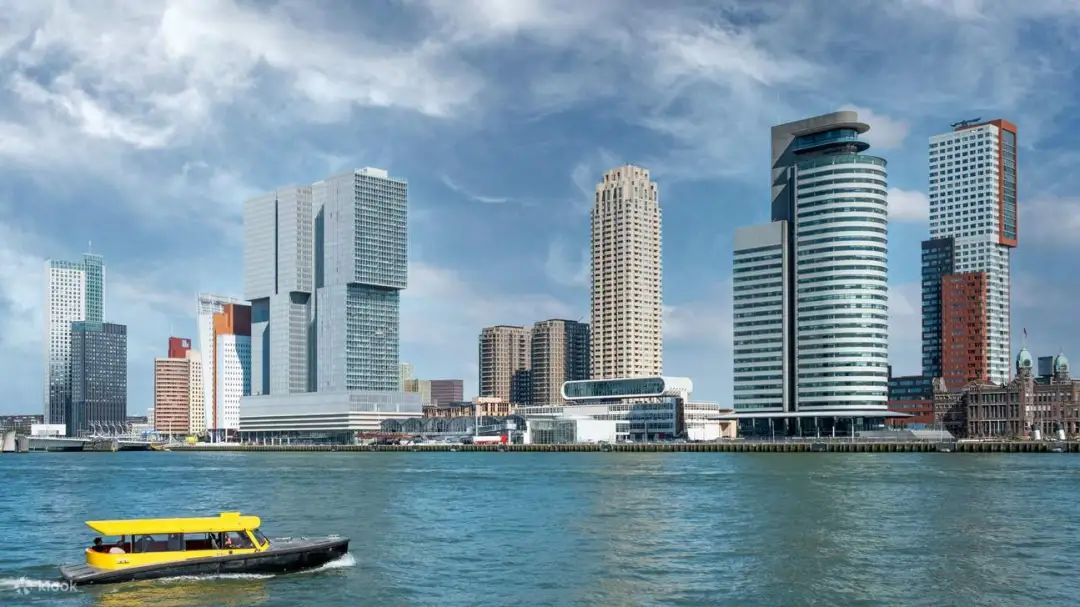


top

Rotterdam90% of the region has an elevation below sea level, with the northeastern town of Alexanderplatz even dropping as low as -6.7 meters, making it a "geographical depression" in the Netherlands. The abundant precipitation brought by the temperate maritime climate, the invasion of storm surges in the North Sea, and the "reverse race" between continuous subsidence (5 millimeters per year) and sea level rise (3 millimeters per year) have left this city deeply threatened by floods for a long time.
The Saint Elizabeth flood of 1421 destroyed the embankment and swallowed up dozens of villages; The 1953 North Sea flood claimed 1835 lives, leaving Rotterdam in ruins. At that time, the Dutch relied on the traditional wisdom of windmill drainage, canal dredging, and high embankment construction to attempt to tame the forces of nature. However, with the intensification of climate change today, a single defense system is no longer sustainable.
Faced with a crisis of survival, Rotterdam has chosen a disruptive path——Upgrade 'flood control' to 'coexistence with water'. The core of this concept is to transform the threat of floods into an opportunity for urban renewal, by integrating spatial design and technology to build a multi-level adaptive system.
The first of its kind in Rotterdam"Water Plaza" system, transforming the urban public space into a temporary reservoir during rainstorm,Guiding rainwater slowly into the river channel through a stepped design;On the banks of the Mas River, floating residential and office buildings use floating structures to reduce floods. The Ma Shilang anti storm dam has a gate closure time of only two hours, minimizing the impact on shipping and marine life.

The practice in Rotterdam has proven that resilient cities are not simply a technological pile up, but a systematic shift in thinking. pass throughThe concept of "returning land to the river" involves demolishing hardened waterways, restoring wetlands, and reserving natural buffer zones for floods in cities; Through the public-private partnership model, the government, enterprises, and citizens jointly participate in risk governance, forming a social resilience network. The benefits of this transformation far exceed disaster prevention itself: floating communities enhance the economic value of waterfront spaces, sponge facilities improve urban microclimates, and resilience labels attract global green investment, helping Rotterdam transform into a sustainable port city.
According to United Nations dataBy 2050, over 1 billion coastal residents worldwide will face the threat of rising sea levels. The experience of Rotterdam provides key insights for fragile cities: in the face of irreversible climate change, only by abandoning the arrogance of "fighting against nature" and reconstructing the logic of urban development with resilience can new life be nurtured in the crisis. As the Mayor of Rotterdam once said, 'We are no longer trying to control water, but learning to dance with it.' The evolution of this lowland city is writing a survival guide for humanity towards the future.
Laos:+856 2026 885 687 domestic:+0086-27-81305687-0 Consultation hotline:400-6689-651
E-mail:qingqiaoint@163.com / qingqiaog5687@gmail.com
Copyright: Qingqiao International Security Group 备案号:鄂ICP备2021010908号

